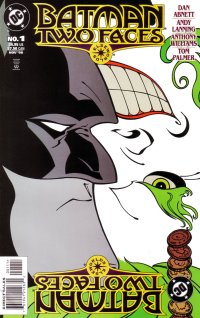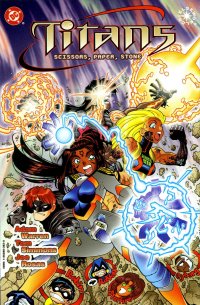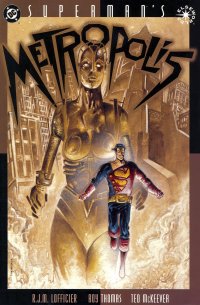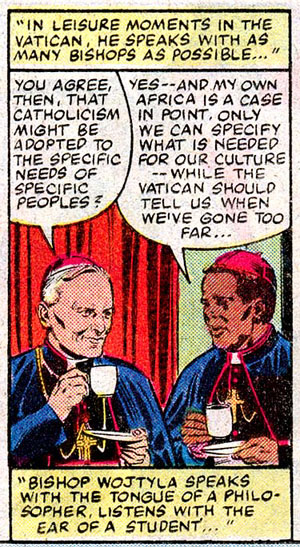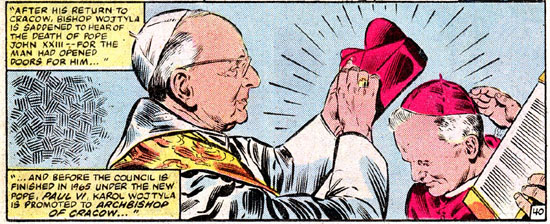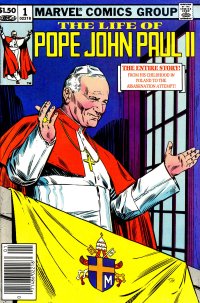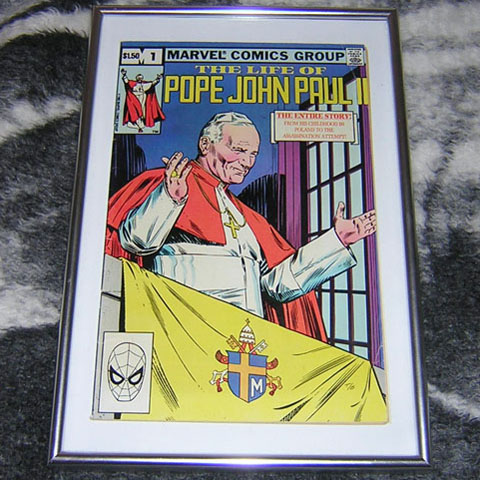I got an email from José de Leon toward the middle of last week’s orgy of a commentary on violence. He had noticed a pretty funny, and fun, comparison between Frank Miller and Michael Jordan. I thought it was funny enough to post, and José gave me his permission, so here we are! I laughed a couple times reading this. You should, too. Index for Booze, Broads, & Bullets here.
I thought I’d trot this out again, seeing your blogging series “Booze, Broads ad Bullets”…
I actually noted this duality back in the mid-1990s (I posted this to a long-dead message-board many years ago) and have been updating it to match current events in both men’s careers… They both stand out to me as the pre-eminent “populist icons” of their respective fields, probably their fields most prominent and socially-influential modern-era practitioner — these are the men who inspired Air Jordan shoes and the Teenage Mutant Ninja Turtles, expensive “prestige format” sneakers and expensive “prestige format” comics. There is also to my mind a singular intensity to their work (some would say that intensity borders on the pathological), and tracing the arc of their careers, and the quite-evident passion that both men brought to their stage has influenced my own notions of how to achieve success in life, after seeing it duplicated at the highest level — more than once.
Next spring is the 25th anniversary of THE DARK KNIGHT RETURNS, and Frank Miller is back next spring doing Batman comics titled “THE DARK KNIGHT” (continuing the All-Star Batman series with Jim Lee). Things come full-circle.
In celebration of the Hall Of Fame induction of The One And Only Frank Miller Of Basketball…
FRANK MILLER: THE MICHAEL JORDAN OF COMICS?
I’ve been calling Miller “The Michael Jordan of Comics” in conversation for many years now, and I believe with good justification. Looking at both of their careers closely to this point, the similarities are uncanny …
Both are tremendous successes at their chosen professions, and are considered by many the very best of all time at what they do:
MJ: comics
FM: basketball
Both are considered among the greatest ever at the essentials of their profession. On a fundamental level they are impeccable and exemplary — you can find little wrong in what they do, and moreover almost everything is done perfectly right. And because of their strength in the fundamentals of their craft, they are able to be spectacular at times, almost at will:
MJ: scoring and defense
FM: drawing and writing
Both combine in their work a rare mix — an intense ferocity over-reaching his peers, reminiscent of:
MJ: basketball’s greatest winner, Bill Russell
FM: comics essential storyteller, Will Eisner
And a sublime elegance, beauty, power and spectacle, reminiscent of:
MJ: Wilt Chamberlain, a legendary, larger-than-life figure in basketball history, and owner of basketball’s gaudiest numbers (100 points in a single game is most notable)
FM: Jack Kirby, a legendary, larger-than-life figure in comics history, and owner of comics’ gaudiest artistic achievements (100 issues of Fantastic Four is most notable)
And both have acknowledged the influence of the two men in their work.
Each cut his teeth and refined his “chops” early in his career during the early 1980s:
MJ: at the University of North Carolina
FM: drawing, then writing, Daredevil
Both shortly after moved onto a different stage in an unorthodox setting:
MJ: at the 1984 Olympics, showing his stuff against international competition
FM: moving to DC, to create the creator-owned project RONIN, showing the influence of international artists Moebius and Goseki Kojima
Fans still rave about things he did in the spring of 1986:
MJ: scoring 63 points against the Boston Celtics in the playoffs
FM: producing THE DARK KNIGHT RETURNS
He began a breathtaking, show-stopping creative assault on his profession at large shortly after this work:
MJ: winning two slam-dunk competitions, winning Defensive Player of the Year, showing his all-around talent, and setting the highest season scoring average by someone other than Wilt Chamberlain (37.1, also the best of his career) between 1987-1990, becoming probably the most prominent star in basketball.
FM: puting out a varied body of work ELEKTRA: ASSASSIN, BATMAN: YEAR ONE, DAREDEVIL: BORN AGAIN, DAREDEVIL LOVE AND WAR, ELEKTRA LIVES AGAIN (personally I think this is his high point yet as an artist), mostly as a writer, showing his all around talent, between 1987-1990, becoming probably the most prominent star in comics.
Both have had a significant effect on the larger economy:
MJ: thru his success as a commercial spokesperson. Fortune magazine once estimated the contribution of Jordan to the success of the businesses he was involved in as $10 billion US.
FM: thru his success at revitalizing Batman as a haracter, he revitalized the Batman merchandising franchise, leading to movies and TV series that owed more to DARK KNIGHT rather than Adam West. He also inspired the TEENAGE MUTANT NINJA TURTLES (largely a parody of his series RONIN), indirectly building one of the most successful line of toys and merchandise from the ’90s.
Both have been under the long-time commercial association of a company located in Oregon:
MJ: Nike of Beaverton, OR
FM: Dark Horse of Milwaukie, OR
Major color schemes:
Chicago Bulls: Red, White, and Black
Sin City: Black, White and Red
Both took major break at the height of their career and power from their chosen profession:
MJ: to try and play major league baseball (1993-94)
FM: to try and become a Hollywood screenwriter (1989-90)
And did not do as well as they did away from the profession that brought them fame:
MJ: barely breaking a .200 batting average in double-A level baseball
FM: Robocop 2 and 3
Both returned from that break and sucked originally coming out of the gate, with one really spectacular moment:
MJ: that whole #45 jersey thing, and getting knocked out the playoffs for the only time in the ’90s; 55 points against the New York Knicks
FM: that whole Martha Washington thing, Spawn/Batman; HARD BOILED
And after the bumpy restart, got down to business and came out with a more efficient, yet still devastating style:
MJ: developing a fadeaway jumper, posting a record 72-10 won-lost record for a season, and winning three more NBA championships for a total of six over the decade
FM: developing the stark black-and-white SIN CITY style, producing 300, and producing a total of nine SIN CITY graphic novels over the decade
Entered the 21st century making a controversial return to DC, which many critics branded as a spectacular failure:
MJ: as director of basketball operations and ultimately as a player for the Washington, DC, Wizards.
FM: returning to DC Comics to produce (work-for-hire) a sequel to BATMAN:THE DARK KNIGHT RETURNS.
Introduced yet a THIRD evolutionary stylistic change far, far from their original overpowering style in their latest comeback:
MJ: as a coach-on-the-floor jump shooter
FM: admitting to using a more cartoony style in his later SIN CITY work and DARK KNIGHT 2
They have had one very significant collaborator through the bulk of their career:
MJ: Scottie Pippen
FM: Lynn Varley
And worked with a strong individual performer during their abortive comeback to DC:
MJ: Richard Hamilton
FM: Jim Lee
Other significant collaborators:
MJ: Dean Smith (college coach), Phil Jackson (pro coach, championship era), Horace Grant (workhorse power forward, pre-baseball), Dennis Rodman (gonzo power forward, post-baseball), Doug Collins (coach from waaayy back, coach in latest comeback)
FM: Denny O’Neil (editor at Marvel and DC), Diana Schutz (editor at Dark Horse, SIN CITY era), Klaus Janson (workhorse inker, pre-Hollywood), Geof Darrow (gonzo artist, post-Hollywood), Bob Schreck (editor from waaayy back, editor on latest comeback)
And really stretching it… both played themselves in a movie:
MJ: SPACE JAM
FM: Jugular Wine: A Vampire Odyssey (1994 — you can find it on the IMDB)
Both have had visually overwhelming feature films produced with their heavy involvement chronicling their incredible runs of success during the 1990s:
MJ: the IMAX feature, “Michael Jordan TO THE MAX”
FM: Robert Rodriguez’s virtual transcription of the SIN CITY comic books to a feature-film version
Both have also had features directed by the director Zack Snyder:
MJ: Come Fly With Me (NBA Home Video, 1990)
FM: 300 (feature film, 2007)
Both had films presenting in stunning fashion their last great stand in 1998, when it has been argued by critics that they had reached the storybook pinnacle of their respective careers — if it was the last image of them, how magnificent was it:
MJ: Michael Jordan TO THE MAX, presenting Jordan’s last championship run and final title-winning shot with the Chicago Bulls in 1998
FM: 300, the film adapting the comic book portraying the last heroic stand of the Spartans at Thermopylae, produced as a comic by Miller in 1998
In 2007, both separated from their long-time spouse:
MJ: Juanita Vanoy
FM: Lynn Varley
Both men made a bit of an unintended splash with their controversial comments in front of the national media:
MJ: With his pathologically-competitive “acceptance speech”, broadcast on ESPN, at his induction into the Basketball Hall Of Fame
FM: With his out-of-left-field assertion that Iraq declared war on the United States, broadcast on NPR, during his 2007 interview after the State of the Union


